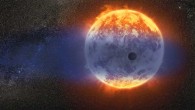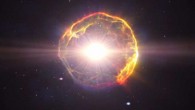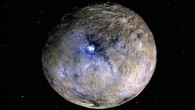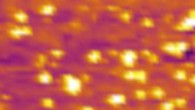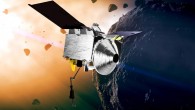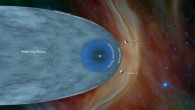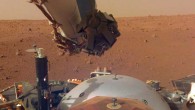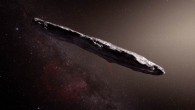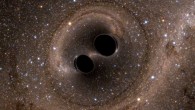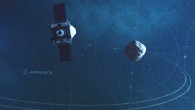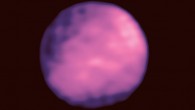Astronomers have discovered a frozen exoplanet nearly the size of Neptune orbiting the quiet G9-type dwarf star K2-263. An artist’s impression of the Neptune-sized exoplanet K2-263b. Image credit: Sci-News.com. The newfound alien world, named K2-263b, has a radius of 2.41 Earth radii. The planet takes only 50.8 days to circle its parent star, K2-263. Also known as EPIC 211682544, the star is slightly less massive and smaller than the Sun (0.88 solar...


